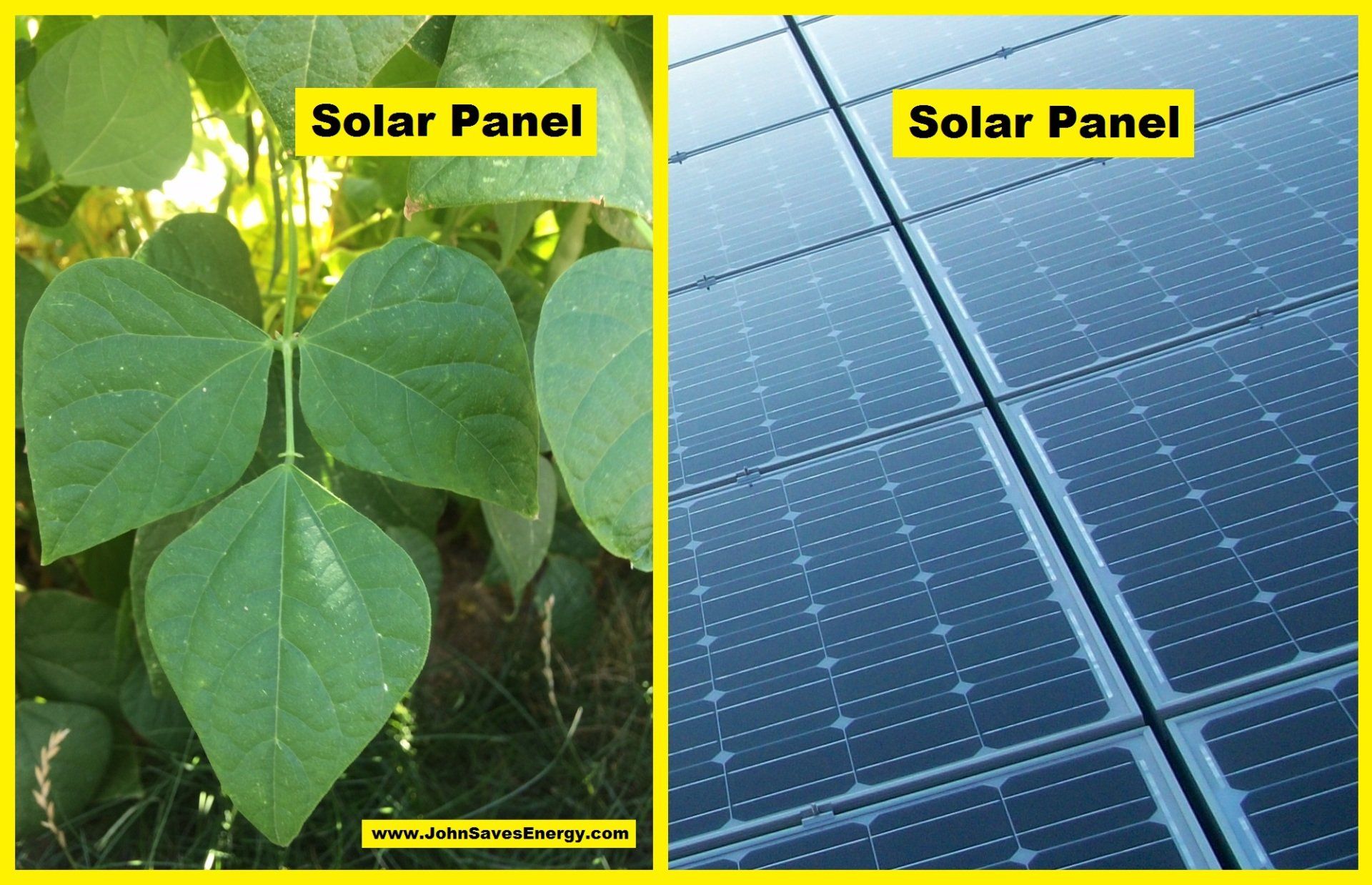Published October 14, 2014: Updated October 17, 2016
Let me first say that food replicators are real.
They are available right now and are really affordable. They're called seeds and you can replicate your own food too.
I have always loved growing food in a garden. The notion that you can step into your own back yard and find/provide dinner for the family, is really cool to me.
I was raised in a suburb home where every year, we grew corn, tomatoes, carrots, radishes and zucchini in our backyard garden. We also had a couple of peach trees that gave us tons of yummy peaches, most of which we bottled for use during the following winter. It was a good experience to learn how to grow food and to put something away for a stormy day.
Cheryl and I have continued this tradition to some extent all of our married years. But it wasn’t until this year, that we took it to the next level.
As energy self sufficiency for the home and our vehicles is quickly becoming a reality, food self sufficiency began weighing heavily on my mind. “What good is endless, free energy in an emergency when you are starving to death?”
Back in April 2014, I attended a gardening seminar. It was on the Mittleider gardening method taught by none other than Jim Kennard and David Gillmore (aka LDS Prepper). The Mittleider method allows super high yield gardens with relatively little time and work.
The garden seminar only lasted a few hours but I consider it one of the best educations I have ever had.
I left feeling extremely motivated to get serious about gardening. I began to feel a huge sense of urgency. It was mid April and I had not even started my preparations for this year’s garden. “Oh No, I’m LATE!!”, I thought.
Just as it is my goal to have a home that is net zero and totally energy self sufficient, my new goal was to extend that to human fuel as well. FOOD!

Energy is energy but it takes the right kind of energy to keep a human going. The re-occurring theme for me is solar power.

Here was our plan for the 2014 season's garden. It consisted of 14, thirty-foot-long, Mittleider rows. While it was a success, it was our first attempt at serious gardening and it only grew about 20% of our annual food needs.
But what if you could grow 100% of all the food you eat, in your own backyard, without it being time consuming or a huge financial burden? What if you could apply this to not only vegetables but also fruit trees, berries, tree nuts, seeds, grains and legumes? Everything?
We're not big on eating a lot of meat so it makes sense to grow a broad spectrum of foods, not limited to just fruits and veggies.
While 100% of all food (without sacrificing any convenience or luxury) does not seem possible, I believe that 65% is realistic, or at least plausible. There will still be some foods that we just can’t grow in our climate, (bananas, oranges, rice, olives, sugar cane, to name a few). There will be others that we just won’t have the equipment to refine and produce, (like white flour).
This 65% food challenge was a goal I wanted to take on next. My motivation was not apocalyptic in nature. This was going to be for the health and well-being of my family, for financial savings on food bills, for food independence, for the education to learn skills lost to urban-ites like myself and if for no other reason, for the hobby experience.

A view of our yard before Mittleider, with lots of tasty non-native grass that requires tons of water, fertilizer, herbicides and pesticides. Mmmm, mmm good.

Our yard after Mittlieder with a theoretical garden that might one-day provide 65% of all our food.
Starting the expansion of phase II of the Mittlieder garden (Phase I growing in the background).

What we are not allowed to grow at home:
Unfortunately, when we bought our home, it was not disclosed to us that it was under rule of an HOA (home owners association). Obviously dairy cows are a no-go but also chickens (for eggs) and even honey bees are strictly forbidden and penalties for having them are severe. Those foods will have to be purchased and not raised on our property.
How sad it is that American society has devolved to the extent that an HOA can put a lien on your home if you try to raise chicken eggs for your family instead of buying ones (of unknown origin and quality) from the store. I would almost equate an HOA to communism, except that would not be an accurate comparison. Communists can have chickens.
Other foods are either impossible or impractical to grow in our Northern Utah climate:
- Citrus fruits, bananas, agave, olives (for oil), avocados and vanilla beans don't grow here.
- While we could get a green house and attempt to grow these non-native plants, this is not yet in the scope of our 65% food goal.
- For other foods it just makes more sense to buy them in bulk and store them for later use: Wheat, oats, quinoa, sugar and white flour.
Although, I'm going to try growing a little bit of wheat, for the hobby experience and because I'm a weirdo.
Watch here for an example of a fine chap doing just that.
That guy inspired me so in 2016, I tried my hand and grew my own wheat and made my own bread with it.
Although you would never want to grow all your wheat in your own backyard, it was educational and humbling see how much work actually goes into growing wheat. Naturally I had to make home made bread from home grown wheat.
